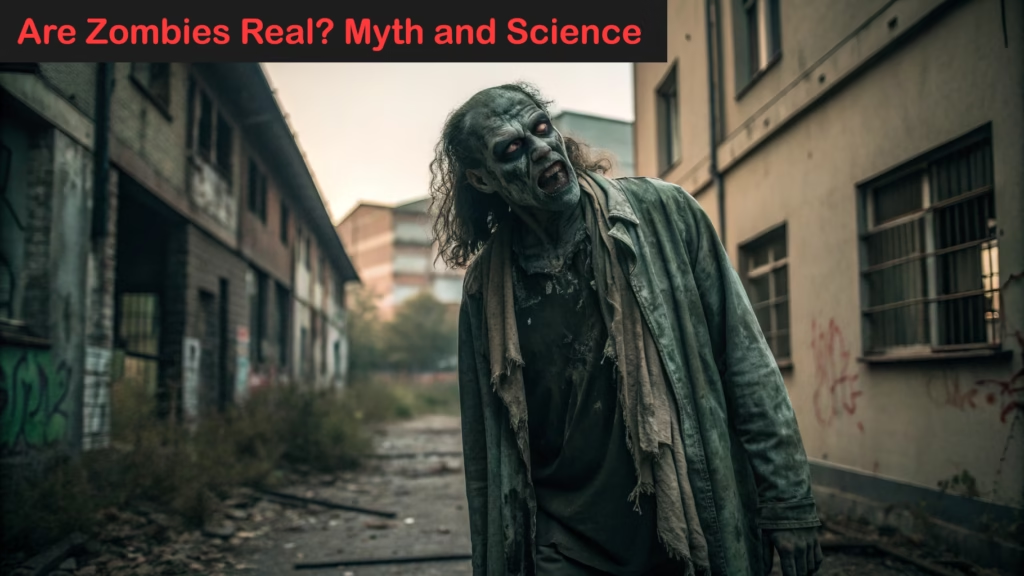
Are Zombies Real? Myth and Science….
When you hear the word zombie, what comes to mind? Most people immediately think of Hollywood movies, TV shows like The Walking Dead, or video games where creatures shuffle aimlessly, half-dead, half-alive, with no thoughts of their own, driven by an insatiable hunger for human flesh. Zombies have become one of the most recognizable icons in popular culture, appearing in horror films, literature, comics, and even music. They are terrifying yet fascinating, evoking both fear and curiosity.
But behind the pop culture craze lies a more nuanced question: Are zombies real?
The answer isn’t as simple as a “yes” or “no.” While the walking dead from films are purely fictional, the concept of zombies has deep roots in history, culture, and science. Understanding these roots reveals a story that spans centuries, from Caribbean folklore to modern-day biology, and highlights why zombies continue to captivate human imagination.
At the end of this blog, don’t miss our 3D animation short on YouTube, offering a vivid visual explanation of how zombies ‘work’ in nature and science.

Love what I do?
Consider supporting my work by👉 buying me a coffee
The Origins of the Zombie Myth !
The modern concept of the zombie originates in Haitian folklore, a culture rich with spiritual traditions, stories, and beliefs that blend African, Caribbean, and indigenous influences. In Haitian mythology, a zombie is a person who has died and been reanimated through magical rituals, usually by a sorcerer or priest known as a bokor. Unlike Hollywood zombies, these figures were not mindless flesh-eaters. Instead, they were people whose will and agency had been stripped away, controlled entirely by someone else.
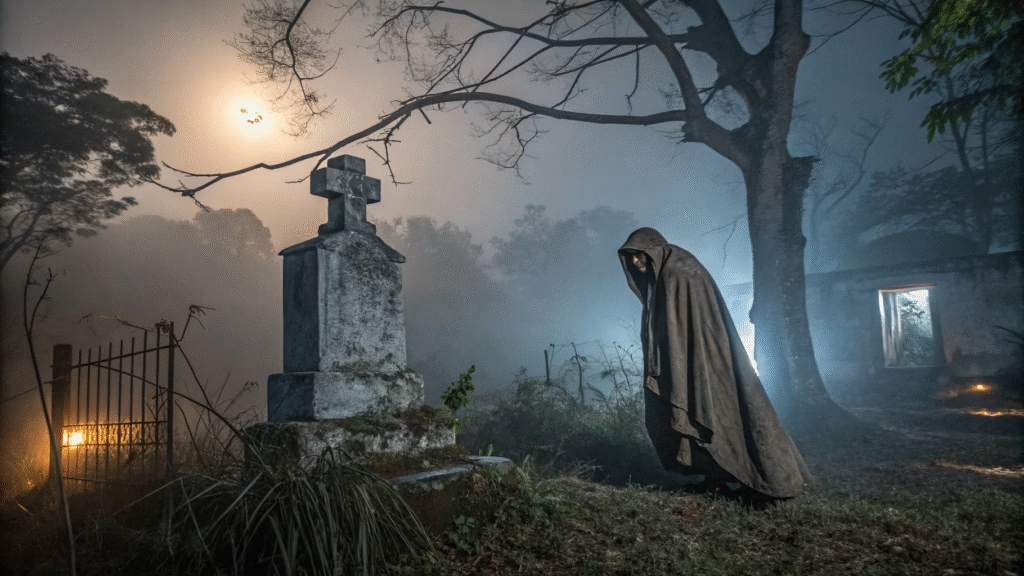
For many Haitians, the idea of zombification had strong connections to the country’s history of slavery and oppression. Being turned into a zombie symbolized loss of freedom and autonomy, reflecting the real-life terror of being enslaved or dominated by external forces. It was not merely a fantastical story—it was a way to express societal fears and trauma in a culture shaped by colonization and exploitation.
Haitian zombies were often associated with poisoning or hallucinogenic powders. Some researchers believe that certain toxins derived from pufferfish and other plants could temporarily paralyze victims, making them appear dead. These individuals might later be “revived,” seemingly under someone else’s control—creating the foundation for the zombie legend that fascinated the world.
When Western writers and filmmakers encountered the Haitian zombie myth in the 20th century, they adapted it for mass entertainment. Films like White Zombie (1932) introduced the concept to audiences outside of Haiti, and over time, Hollywood reshaped the narrative into the flesh-eating monsters that dominate modern horror. The cultural and historical significance of the original stories was largely lost, replaced by a focus on fear, gore, and survival horror.
Real-Life Zombies in Nature
While humans cannot be turned into the walking dead by black magic, nature has its own version of zombies. In the animal kingdom, there are several creatures and pathogens that can manipulate the behavior of other organisms, effectively taking over their minds and bodies. This phenomenon is often referred to as “zombification” in nature, and it is just as fascinating as any horror story.
Zombie Ants and the Cordyceps Fungus
One of the most famous examples of natural zombification involves the Ophiocordyceps fungus, sometimes called the “zombie fungus”. Found in tropical forests around the world, this fungus infects ants and slowly takes control of their behavior.
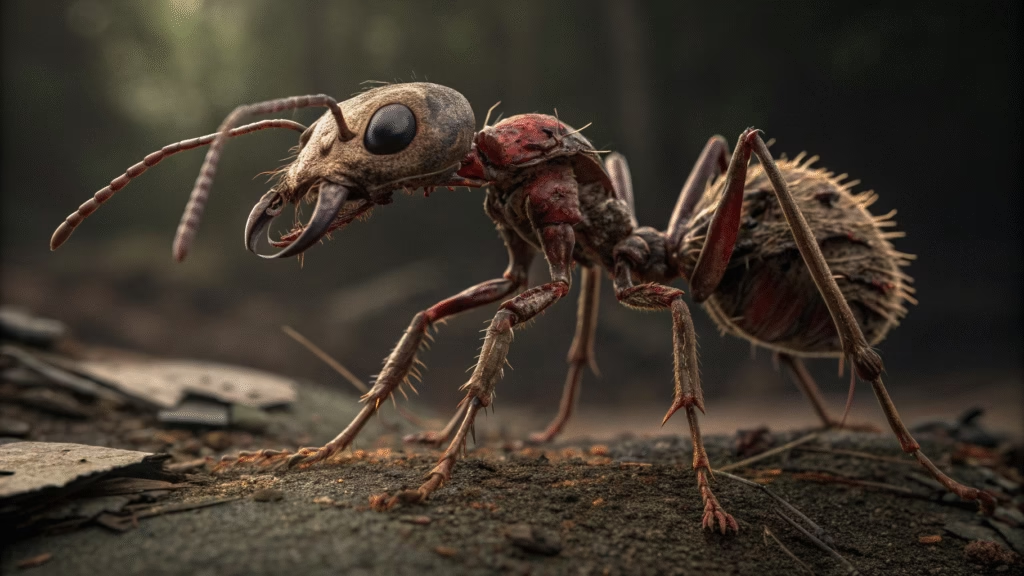
Once an ant is infected, the fungus grows inside its body, producing chemicals that alter the ant’s nervous system. The ant begins to behave strangely, leaving its colony, wandering alone, and climbing plants. Eventually, the ant finds a leaf or twig, bites down firmly, and stays in place—effectively “locked” by the fungus. The fungus then kills the ant, grows out of its body, and releases spores into the environment to infect new ants.
This process is remarkably precise. Scientists describe it as nature’s version of mind control, where the ant loses all autonomy and serves the reproductive needs of the fungus. The story of zombie ants is not only creepy but also an astonishing example of how evolution has created complex biological interactions.
Rabies: A Real “Zombie Virus”
Another example closer to humans is the rabies virus. Rabies infects mammals such as dogs, bats, raccoons, and occasionally humans. Once the virus reaches the central nervous system, it causes aggressive behavior, confusion, and disorientation.
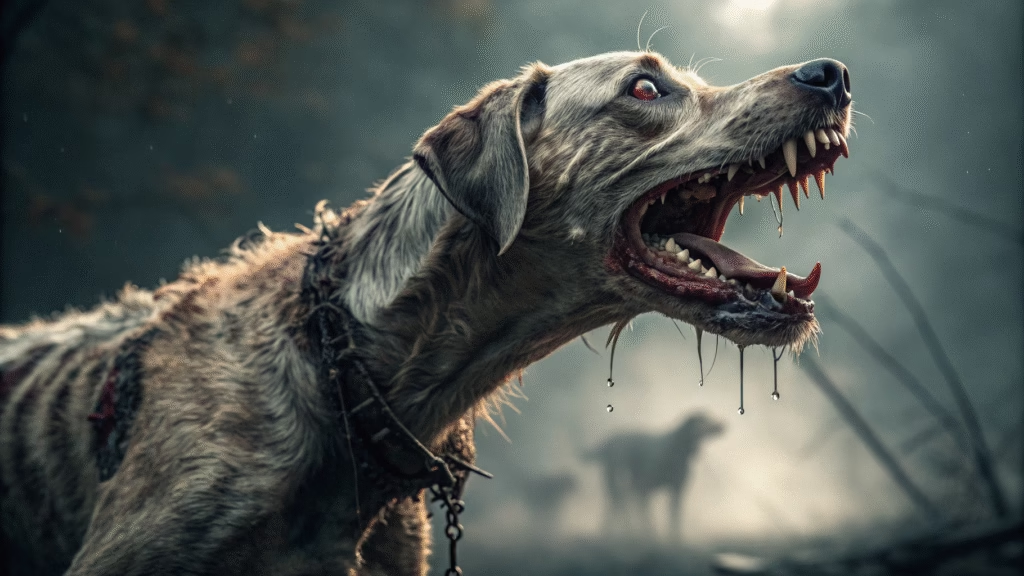
Animals infected with rabies may bite anything nearby, spread the virus through saliva, and act almost like mindless attackers. This behavior is reminiscent of zombies because the animal’s natural instincts and decision-making are overridden by the virus’s need to propagate itself. Rabies is deadly if untreated, and in some ways, it demonstrates how an infection can hijack the brain and alter behavior, echoing the fictional zombie narrative.
Other Examples in Nature
Zombification isn’t limited to ants and rabies. Several other parasites manipulate host behavior in equally fascinating ways:
Hairworms and crickets: Hairworms infect insects and compel them to jump into water, where the worm can emerge and reproduce.
Parasitic wasps: Some wasps lay eggs inside caterpillars, controlling their movements to protect the developing larvae.
Toxoplasma gondii: This single-celled parasite infects rodents, reducing their fear of cats and increasing the likelihood of being eaten, which allows the parasite to complete its life cycle.
These examples show that “zombie-like” behavior is not just a myth—it is embedded in biology, demonstrating that mind control is possible in the natural world.
Could a Zombie Apocalypse Ever Happen?
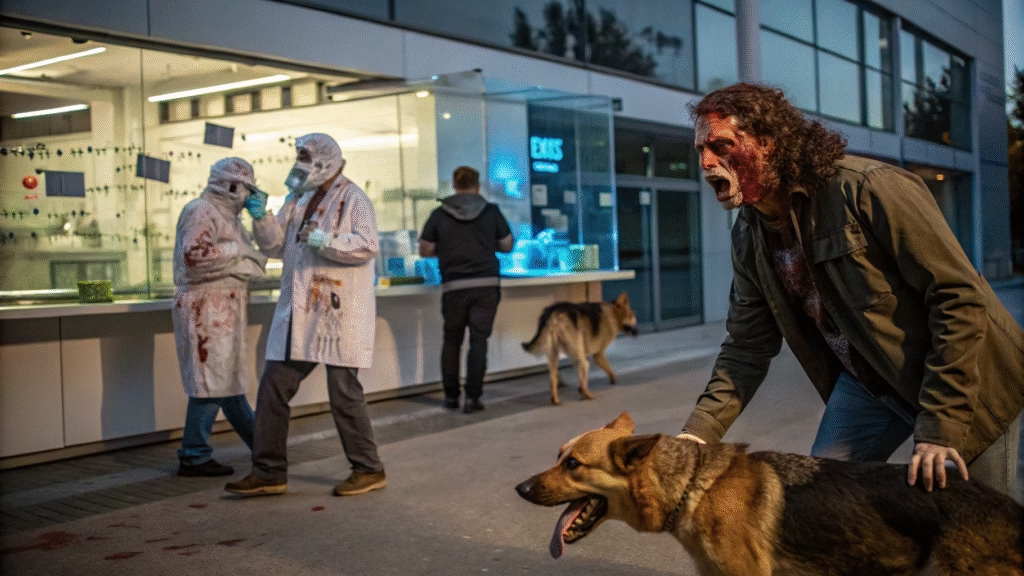
Many people wonder: could humans ever experience a real-life zombie apocalypse?
The short answer is no, at least not like in the movies. Dead bodies cannot rise from graves, and no virus can turn humans into flesh-eating monsters overnight. The Hollywood-style apocalypse is pure fiction.
However, examples from nature—like the Cordyceps fungus, rabies, and other parasites—show that it is scientifically plausible for infections to alter behavior in extreme ways. In theory, if a pathogen evolved that could affect human cognition and aggression, it might mimic some zombie-like traits.
Some scientists and epidemiologists use zombie scenarios as thought experiments to model how diseases could spread through populations. For instance, simulating a “zombie virus outbreak” helps researchers understand epidemic dynamics, quarantine strategies, and emergency preparedness. These exercises are not meant to predict actual zombies but are a fun and educational way to think about disease control and societal responses during pandemics.
Zombies in Popular Culture

Zombies are more than just creatures of science—they are powerful symbols in human culture. They often represent fear of losing control, societal collapse, or pandemics. The walking dead in movies, games, and books are metaphors for real anxieties:
Disease and contagion: Zombies embody the fear of infection, reminiscent of plagues or viral outbreaks.
Loss of individuality: Being turned into a mindless creature reflects fears of losing autonomy or identity.
Societal breakdown: Zombie apocalypses explore how civilizations crumble when social order fails.
Movies like Night of the Living Dead, World War Z, and series like The Walking Dead explore these themes, blending horror with social commentary. Video games, comics, and novels expand on these ideas, allowing audiences to experience survival scenarios and ethical dilemmas in a safe, fictional environment.
Even though zombies are fictional in their classic form, their symbolism and allegorical power make them an enduring part of storytelling worldwide.
Final Thoughts: Are Zombies Real?
So, are zombies real? The answer depends on how you define them:
Hollywood zombies—the walking dead who rise from graves to eat brains—are purely fictional.
Folklore zombies from Haiti reflected real cultural beliefs and fears of losing control over one’s body and mind.
Nature’s zombies—like ants infected by the Cordyceps fungus, animals with rabies, or creatures manipulated by parasites—demonstrate that zombie-like behavior does exist in the natural world.
Even though humans cannot literally become zombies, the concept bridges myth, culture, and science. It reminds us that fear, curiosity, and storytelling are deeply intertwined with human history and biology. Zombies are not just monsters—they are a lens through which we explore human vulnerability, disease, and survival.
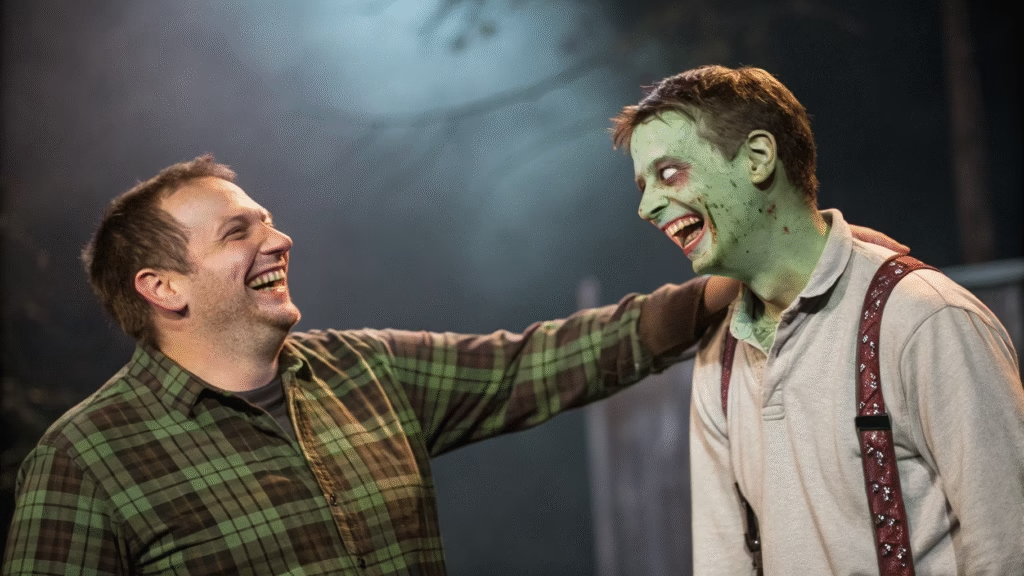
Zombies in the Future
Looking ahead, the fascination with zombies continues to evolve. Modern science is exploring neurobiology, parasites, and pathogens that influence behavior, while technology introduces new “zombie-like” scenarios:
Virtual zombies: In video games and simulations, AI-controlled characters mimic zombie behavior for entertainment and research.
Biohacking and neuroscience: Research into brain control and neurotoxins raises ethical questions reminiscent of zombie myths.
Epidemiology simulations: Zombie outbreaks are used in public health training to model disease spread, emergency response, and containment strategies.
The future of zombies may not involve the undead roaming the streets, but it will continue to merge science, culture, and imagination, inspiring movies, books, research, and even emergency preparedness planning.
From Haitian folklore to Hollywood horror and nature’s real-life zombies, the concept of the zombie is a fascinating intersection of myth, culture, and science. While humans will never literally rise from the dead to wander the Earth, understanding the roots of zombification—in history, biology, and imagination—gives us insight into both human fears and the incredible adaptability of life itself. Zombies remind us that reality and myth often overlap in surprising ways, and that some of the most terrifying monsters can teach us the most about the natural world.
Check out this 3D visual presentation to see zombies and their behavior explained in a dynamic, easy-to-understand way.
Click here to watch this 3D explanation video in Malayalam!
Want to learn more through visual storytelling? Check out our detailed 3D explanation blog on How Lock Picking Works: Understanding the Vulnerability of Pin Tumbler Locks
Useful Link : Zombie